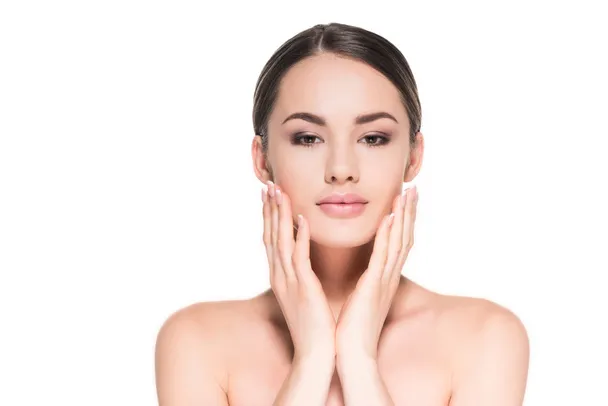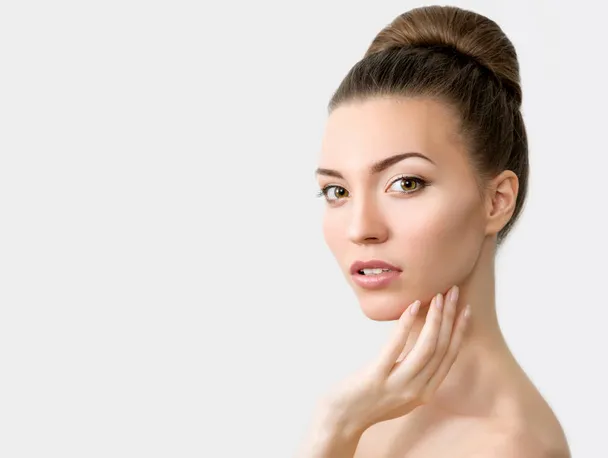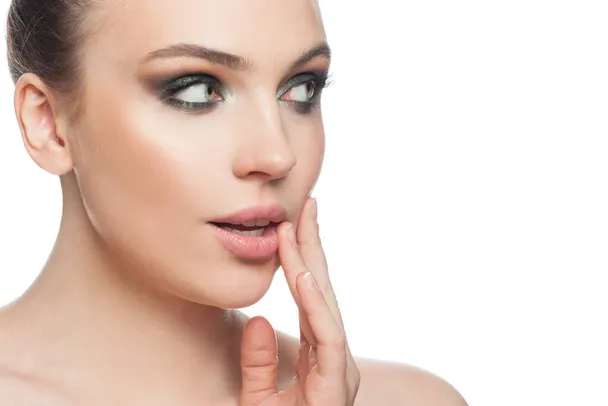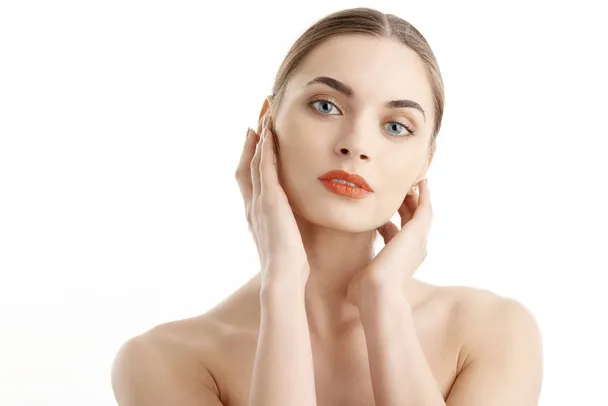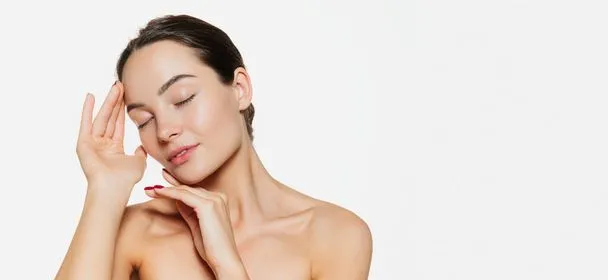Do You Really Need a Makeup Primer? A Beauty Expert Explains
Makeup primers have become a staple in many beauty routines, touted for their ability to create a smooth canvas for makeup application and prolong the wear of cosmetics. However, there’s often confusion surrounding whether makeup primers are truly necessary or simply an extra step in an already lengthy beauty regimen. In this article, we’ll delve into the world of makeup primers, exploring their benefits, how they work, and whether they’re essential for achieving flawless makeup looks.
What is a Makeup Primer?
A makeup primer is a cosmetic product applied to the skin before makeup to enhance its longevity and improve the overall appearance of the complexion. Primers come in various formulations, including gel, cream, and silicone-based formulas, and are designed to address specific skin concerns such as texture, pore size, and oiliness. The primary function of a makeup primer is to create a smooth and even base for makeup application, allowing foundation, concealer, and other cosmetics to adhere more effectively to the skin. Additionally, makeup primers help to blur imperfections, minimize the appearance of pores, and control excess oil, resulting in a more flawless and long-lasting makeup look. Depending on the formulation, primers may also provide additional benefits such as hydration, color correction, or mattification, catering to different skin types and concerns. Overall, makeup primers play a crucial role in prepping the skin for makeup application, helping to achieve professional-looking results and ensuring makeup stays fresh and intact throughout the day.
Benefits of Using a Makeup Primer:
Smooths Skin Texture: Makeup primer serves as a foundational step in achieving a flawless makeup look by smoothing out skin texture. Its formulation typically includes ingredients like silicones or polymers that create a velvety-smooth surface on the skin. These substances fill in fine lines, wrinkles, and enlarged pores, effectively blurring imperfections and creating a more even canvas for makeup application. By providing a smoother base, primer helps foundation and other makeup products glide on more seamlessly, resulting in a polished and refined complexion.
Enhances Makeup Wear: Another significant benefit of using makeup primer is its ability to enhance the longevity of makeup wear. By creating a barrier between the skin and makeup, primer helps prevent makeup products from settling into fine lines, creasing, or fading throughout the day. This results in a more durable makeup application that maintains its fresh appearance for extended periods. With the use of primer, makeup stays intact and looks vibrant, reducing the need for frequent touch-ups and ensuring a flawless finish throughout the day.
Mattifies or Hydrates: Makeup primers are available in various formulations tailored to different skin types and concerns. For individuals with oily or combination skin, mattifying primers help control excess oil production and reduce shine, resulting in a matte finish that lasts throughout the day. On the other hand, hydrating primers are formulated with moisturizing ingredients like glycerin or hyaluronic acid to provide essential hydration to dry or dehydrated skin. These primers replenish moisture levels, leaving the skin feeling soft, supple, and nourished, which can improve the application of makeup products and prevent dry patches or flakiness.
Color Correction: Some makeup primers feature color-correcting properties designed to address specific skin concerns such as redness, dullness, or discoloration. These primers come in various shades, each targeting a different concern. For example, green-tinted primers help neutralize redness, while peach or apricot-toned primers counteract dullness and sallowness in the skin. By applying a color-correcting primer, individuals can achieve a more balanced and even complexion, reducing the need for additional concealer or foundation to camouflage imperfections.
How to Use Makeup Primer:
Using a makeup primer is relatively straightforward and typically involves the following steps:
Begin with Clean Skin: Starting with clean skin is essential for effective makeup application, and it begins with a thorough cleansing routine. Use a gentle cleanser suited to your skin type to remove any dirt, oil, or impurities that may have accumulated on the skin’s surface. Gently massage the cleanser onto damp skin, working it into a lather, and then rinse thoroughly with lukewarm water. Pat your skin dry with a clean towel, being careful not to rub or tug at the delicate skin around the eyes.
Once your skin is clean, it’s important to replenish moisture with a suitable moisturizer. Choose a moisturizer that addresses your specific skin concerns, whether it’s dryness, oiliness, or sensitivity. Apply the moisturizer evenly over your face and neck, using gentle upward strokes to encourage absorption. Allow the moisturizer to fully penetrate the skin before proceeding with makeup application.
By starting with clean, moisturized skin, you create an optimal base for makeup primer and subsequent makeup products. Not only does this ensure better adherence of makeup and a smoother application, but it also helps maintain the skin’s natural moisture balance throughout the day. Additionally, clean skin reduces the risk of clogged pores and breakouts, allowing your makeup to look fresh and flawless for longer periods.
Apply a Small Amount: Once your skin is cleansed and moisturized, it’s time to apply the makeup primer. Begin by dispensing a small amount of primer onto your fingertips or directly onto a makeup brush, depending on your preference. It’s crucial to use only a pea-sized amount of primer, as a little goes a long way in creating a smooth base for makeup application.
Gently dab or blend the primer onto your skin, starting from the center of your face and working outward. Focus on areas where you want to minimize the appearance of pores, fine lines, or texture. These areas typically include the T-zone, where the skin tends to be oilier, as well as the cheeks and around the nose.
When applying the primer, use light, tapping motions to distribute the product evenly across the skin’s surface. Avoid rubbing or pulling on the skin, as this can cause irritation and disrupt the makeup’s adherence. Remember that less is more when it comes to primer, so resist the temptation to apply too much product. Overloading the skin with primer can lead to a heavy or cakey makeup look, which may detract from the overall finish of your makeup.
Allow it to Set: After applying the primer, allow it to set on the skin for a few minutes before moving on to the next step in your makeup routine. Allowing the primer to set gives it time to adhere to the skin’s surface and create a smooth, velvety base for foundation and other makeup products.
During this setting period, you may notice that the primer helps blur imperfections and creates a more even skin tone by filling in fine lines, pores, and texture. This helps create a flawless canvas for makeup application and ensures that your foundation and other products glide on seamlessly.
Be patient during this step and resist the urge to touch or blend the primer further once it’s applied. Giving the primer time to set allows it to work its magic and provides a longer-lasting makeup application.
Once the primer has set, you can proceed with applying your foundation, concealer, or any other makeup products as desired. Enjoy the benefits of your smooth and flawless makeup base, courtesy of your trusty primer.
Do You Really Need a Makeup Primer?
Ultimately, the decision to use a makeup primer is a personal one that depends on your specific skin type, concerns, and makeup routine. While makeup primers offer numerous benefits, they are not essential for everyone. If you find that your makeup wears well without primer and you’re happy with the appearance and longevity of your makeup, you may not need to incorporate a primer into your routine. On the other hand, if you’re looking to address specific skin concerns such as texture, pore size, or makeup longevity, experimenting with different primers may be worthwhile. Ultimately, the key is to find what works best for your skin and makeup preferences, whether that includes using a primer or not.
Indeed, the choice to include a makeup primer in your beauty regimen ultimately boils down to personal preference. Experimenting with different primers can help you gauge whether they significantly impact your makeup application and wear. However, it’s essential to remember that skincare should always take precedence. Prioritize a solid skincare routine tailored to your skin’s needs, as healthy skin serves as the best canvas for makeup application. Whether you opt for a primer or not, the goal is to feel confident and comfortable in your skin, embracing your natural beauty while enhancing it with makeup as desired.

